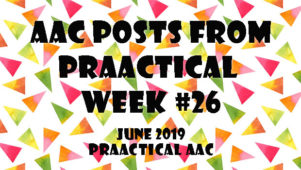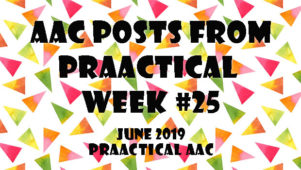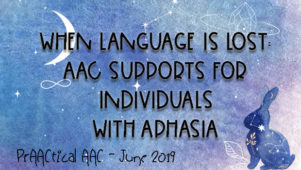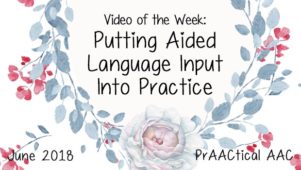Bridging the Gap: Helping People with Aphasia to Compensate for Their Language Difficulties
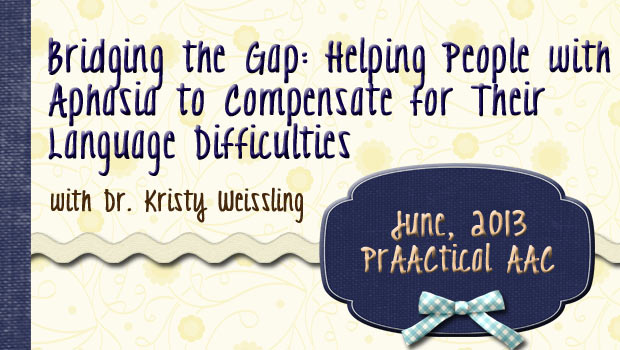
We’re wrapping up Aphasia Month with another fine post from Dr. Kristy Weissling. You can see her earlier posts here and here. In this post, Kristy shares her thoughts on how SLPs can use AAC supports to help individuals with aphasia compensate for their language difficulties.
In 2010, my colleague, Carrie Prentice, and I talked about the role of both remediation and compensation in the speech rehabilitation programs of people with aphasia. At that time, we were trying to emphasize that at any particular time in the rehabilitation process, from acute care to outpatient rehabilitation, all possible alternatives should be balanced to create an individualized treatment program. Both restorative and compensatory mechanisms are available to therapist throughout this process. We proposed the work of 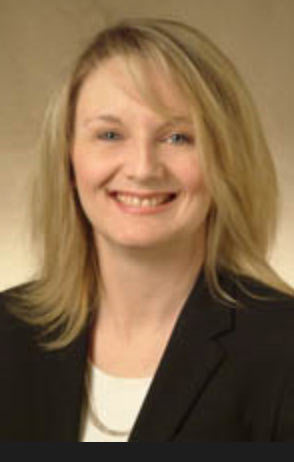 Dixon, Garrett, and Backman (2008) to formulate a framework for discussing compensation. Six mechanisms of compensation were identified in their chapter on principles of compensation in neurorehabilitation. Those six principles can then be applied specifically to speech rehabilitation. Since AAC is often thought of as compensation, this framework broadens the work of the therapist beyond the simple substitution of one skill for another to ideas such as latent skill development and accommodation. I have listed the six mechanisms of compensation according to Dixon et al. below and have given a brief example of the application of those mechanisms to the people with aphasia we may encounter:
Dixon, Garrett, and Backman (2008) to formulate a framework for discussing compensation. Six mechanisms of compensation were identified in their chapter on principles of compensation in neurorehabilitation. Those six principles can then be applied specifically to speech rehabilitation. Since AAC is often thought of as compensation, this framework broadens the work of the therapist beyond the simple substitution of one skill for another to ideas such as latent skill development and accommodation. I have listed the six mechanisms of compensation according to Dixon et al. below and have given a brief example of the application of those mechanisms to the people with aphasia we may encounter:
- Remediation: Effort or practice is used to recover a skill. This is often put under the category of restoration and seen as separate from compensation. In their model, Dixon et al. see it as a form of compensation. Remediation in the Dixon et al. model would therefore be traditional aphasia therapy – where skills are practiced.
- Substitution of a latent skill: Here a skill that is preserved is used to substitute for a skill that is not. The simplest example of this is teaching better circumlocutions to people with aphasia. Circumlocution is something that is happening and is “there” to use. Using it as compensation for specific word finding deficit makes it different than learning a completely new skill. Another example might be maximizing gestures in a person with aphasia. Using the latent skill of gesturing to substitute for word finding.
- Substitution of a new skill: This type of compensation is what I think of when I think of in traditional AAC device implementation. It is the introduction of something NEW to system (e.g., a book, a device) to help the person with aphasia compensate for something that they can no longer do (use speech to communicate).
- Accommodation: Accommodation occurs when the person with aphasia adjusts their goals or expectations to their abilities. For example rather than announcing all the members of the group over a microphone to take attendance, the person with aphasia might spend some time copying the names onto name tags and providing those to members as they walk in. The name tags not claimed would be those people not in attendance.
- Assimilation: This type of compensation occurs when we train the family or adjust the environment to meet the needs of the person with aphasia. Training the family in partner training strategies is one example of assimilation.
- Neural compensations: This is the natural reorganization (spontaneous recover of sorts) that occurs in the natural course of recovery. While we do not completely understand these mechanisms, information about the mechanisms of neural changes are emerging. Therapists should stay abreast of new research and it’s implications for maximizing the brains natural recovery mechanisms.
As you can see from the list, there are many different ways we can help people with aphasia bridge the gap between their ability levels and their desired goals. We can reach beyond substitution of a new skill and assimilation to emphasis on other compensatory mechanisms. Speech-language programs for people with aphasia should be created to balance all the possible compensatory mechanisms in light of the current research, client preference, and client circumstances including reimbursement mechanisms and other social-emotional strengths and challenges. This leads us back to the idea of Dollaghan (2007) and evidence based practice (EBP). EBP is more than external evidence alone. It is the combination of external evidence, internal evidence, and the preferences of a well-informed patient. The application of the compensatory terminology discussed above also allows us to write about our service in way that expands our documentation of skill in our daily notes. As we search the external evidence we should be aware of the various compensatory mechanisms that we might consider as we search for the best match between the person with aphasia and the mechanisms and techniques available.
References
Dollaghan, C. A. (2007). The handbook for evidence-based practice in communication disorders. Baltimore: Brookes.
Weissling, K., & Prentice, C. (2010). The timing of remediation and compensation rehabilitation programs for individuals with acquired brain injuries: Opening the conversation. Perspectives in AAC, 19 (3), 87-96.
Filed under: PrAACtical Thinking
Tagged With: aphasia, EBP, evidence, Kristy Weissling
This post was written by Carole Zangari

